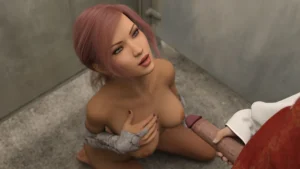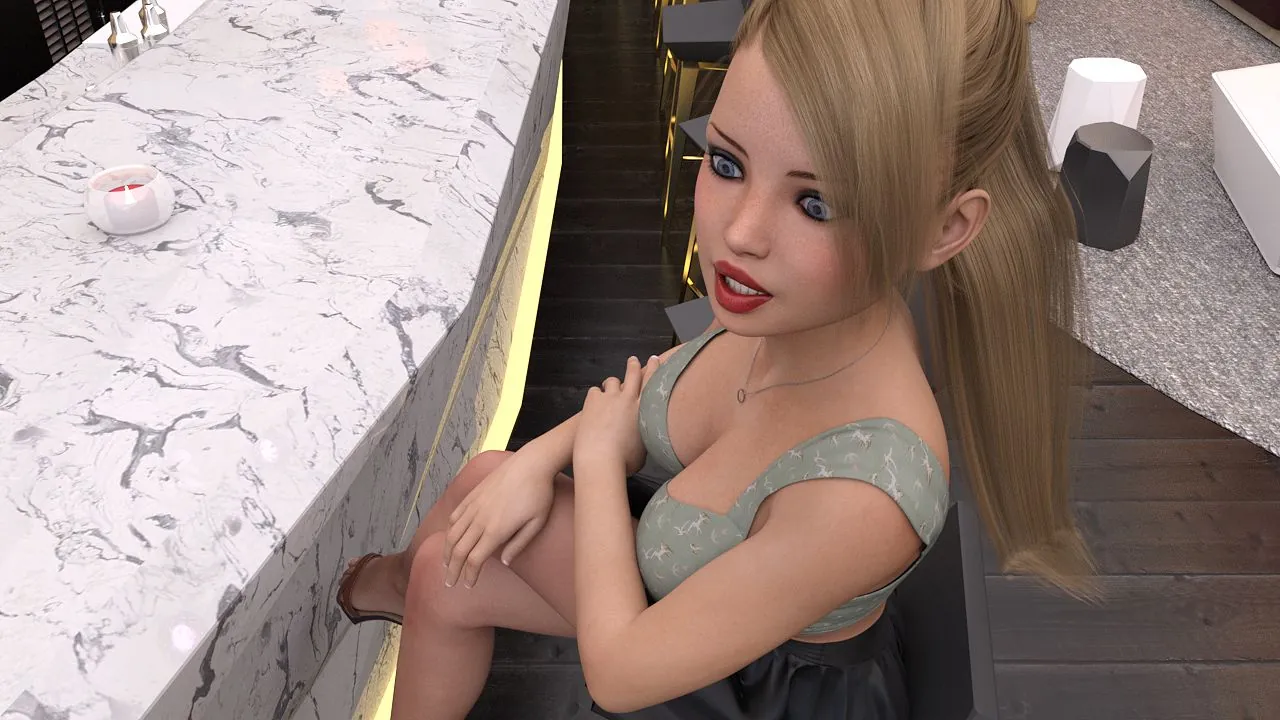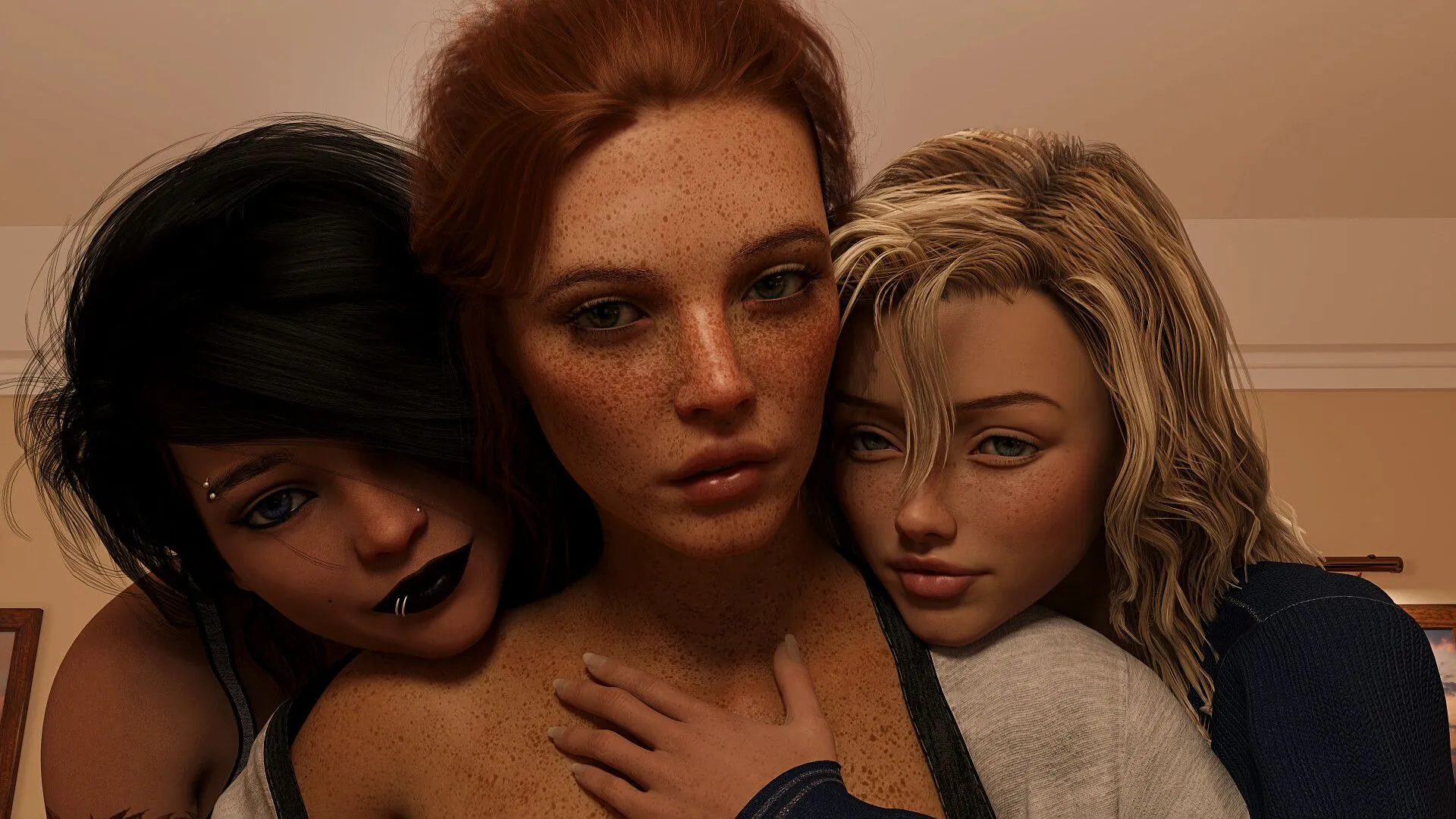
Play Returning to Mia
Returning to Mia review
Explore the storyline, gameplay, and features of Returning to Mia
Returning to Mia is a captivating interactive game that continues the story from its predecessor, inviting players to reconnect with Mia and shape the evolving narrative. This article delves into the core aspects of Returning to Mia, including its storyline, gameplay features, and technical requirements, providing a comprehensive overview for both new and returning players. Whether you’re curious about the game’s progression or want practical tips to enhance your experience, this guide covers everything you need to know.
Understanding the Story and Characters in Returning to Mia
What is Returning to Mia About? 🎭
If you’ve ever wondered “what if?” after finishing a great story, then Returning to Mia is the game you’ve been waiting for. This interactive story game picks up the narrative after the events of its predecessor, plunging you back into a world of complex emotions and difficult decisions. I remember finishing the first game and immediately craving more—I needed to know what happened next, and this sequel delivered in spades.
At its heart, the Returning to Mia story is an emotional journey about reconnection, consequences, and the paths not taken. You re-enter the protagonist’s life some time after the original summer, finding that relationships have evolved and new challenges have emerged. The core Returning to Mia plot revolves around navigating this changed landscape, dealing with the fallout from past choices, and deciding what—and who—truly matters to you now. It’s a masterclass in storytelling that makes you feel every moment.
The magic of this experience lies in its Returning to Mia narrative choices. Every dialogue option, every action you take, sends ripples through the entire narrative. I was genuinely surprised when a seemingly minor decision I made in the second chapter came back to significantly alter my options several hours later. It creates a deeply personal experience where your version of the story feels uniquely yours.
Key Characters and Their Roles 👥
The cast in this game is what truly brings the Returning to Mia story to life. Each character feels fully realized, with their own motivations, flaws, and growth arcs that respond directly to your actions. The Returning to Mia relationship dynamics are incredibly nuanced—nothing is black and white, and every interaction feels meaningful.
Mia herself remains the central figure, but she’s not the same person you remember. Time has changed her, and part of the game’s challenge is rediscovering who she’s become. Other returning characters have their own new developments, while fresh faces introduce completely new relationship possibilities and conflicts.
Pro Tip: Pay close attention to side characters! Some of my most rewarding moments came from investing time in relationships that initially seemed secondary.
Here’s a quick overview of the main players you’ll be dealing with:
| Character | Description | Role in the Story |
|---|---|---|
| Mia | The central figure from your past; more mature and complex now | Your primary relationship focus; her trust must be earned anew |
| Alex | An old friend with shifting loyalties | Represents the tension between past bonds and present realities |
| Sarah | A completely new character with her own history | Introduces alternative relationship paths and fresh perspectives |
| Mark | Mia’s current colleague and potential rival | Creates obstacles and tests your commitment throughout the narrative |
The development of these Returning to Mia characters is remarkable. I found myself constantly reevaluating my opinions as I learned more about their backgrounds and motivations. What I initially perceived as jealousy in one character turned out to be protective concern, completely changing how I approached our interactions.
The Returning to Mia relationship dynamics extend beyond simple romance options. You’re navigating friendships, rivalries, and even professional relationships that all intersect in surprising ways. During one playthrough, I focused heavily on rebuilding my connection with Mia at the expense of other relationships, which ultimately backfired when I needed those other characters’ support during a critical story moment.
How the Story Progresses from Summer with Mia 🔄
The Summer with Mia connection isn’t just a vague reference—it’s the foundational element that makes this sequel so compelling. Your saved game from the first installment directly influences your starting point, creating a seamless transition between the two stories. This Summer with Mia connection means the consequences of your past actions are waiting for you from the very first scene.
I’ll never forget loading my completed Summer with Mia save and immediately facing the repercussions of a choice I’d almost forgotten making. A character I’d treated poorly in the first game now viewed me with understandable suspicion, creating immediate tension that shaped our entire dynamic. This level of continuity is rare and makes the world feel truly alive.
The Returning to Mia plot acknowledges the passage of time in clever ways. Relationships that were intense during that single summer have naturally evolved—some have cooled into comfortable friendships, while others have developed new complications. The game doesn’t pretend your summer fling automatically turned into a perfect long-term relationship; instead, it explores what happens when you try to rekindle something after time and distance have changed both of you.
Here’s how your previous experience typically translates:
- Romantic choices from Summer with Mia determine your starting relationship status
- Major decisions affect character availability and attitudes toward you
- Completed side stories may unlock additional content or dialogue options
- Your final actions in the first game particularly influence the initial tone
The brilliance of this Summer with Mia connection is that it respects your previous investment while still offering new players a compelling starting point. If you haven’t played the first game, the narrative provides enough context to understand the history between characters without feeling lost.
The Returning to Mia narrative choices build beautifully on this foundation. You’re not just making new decisions—you’re often dealing with the long-term consequences of old ones. A white lie you told months ago might resurface at the worst possible moment, or a kindness you showed a secondary character might unexpectedly open doors when you need help most.
What makes the Returning to Mia story so special is how it matures alongside its returning players. The themes are more complex, the relationships more nuanced, and the stakes feel higher because you’ve already invested in these characters. It’s a perfect example of how sequels can deepen rather than just continue a narrative, creating an experience that’s both familiar and full of surprises.
The Returning to Mia relationship dynamics have stayed with me long after finishing the game, making me think about how we change over time and whether we can ever truly return to people from our past. It’s this emotional depth, combined with meaningful player agency, that makes this interactive story game so memorable and rewarding.
Returning to Mia offers an engaging continuation of a beloved story, blending rich character development with interactive gameplay that responds to player choices. Whether you’re revisiting Mia or discovering the game for the first time, understanding its narrative depth and gameplay mechanics enhances the overall experience. Dive into the game to explore the evolving relationships and make decisions that truly matter. Ready to return to Mia? Start your journey today and shape your own story.





















